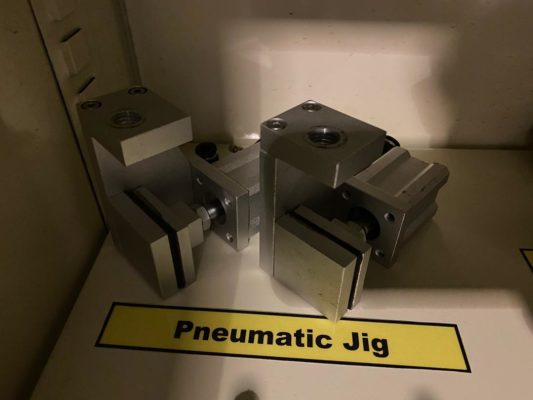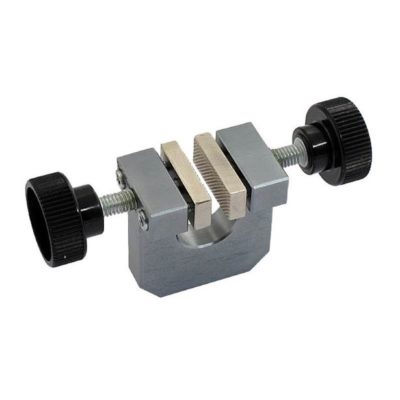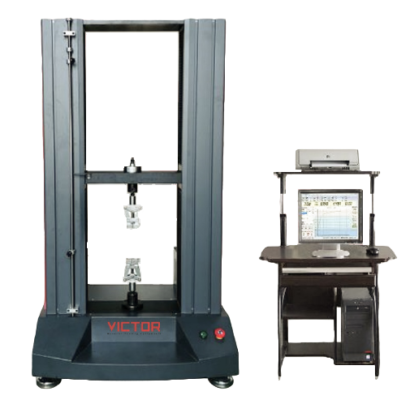ASTM is an international standards organization that is located in the United States of America. The purpose it was introduced to the industry is to publish technical standard agreements for various materials, product, systems and others. Among the ASTM standards that are often use in the industry is ASTM D1683.
ASTM D1683 Test Standard
Description For ASTM D1683
ASTM D1683 is an international test standard covers a test for measuring the seam strength of a woven fabric. Seams is use to stitch two different pieces of fabric together. Most seams are made with a sewing machine, after the fabric has been woven and then cut.
Seam strength is a comparison test between an unseamed test piece of fabric and the seamed fabric specimen. The specimen is pulled in tension, similar to a grab test, until it breaks. If the unseamed portion fails before the seam fails, the woven textile is said to have 100% seam efficiency. If the seam fails at say, half the breaking strength of the regular test piece, the seam efficiency is said to be 50%.
Specimen For ASTM D1683
- Woven fabrics
- Mechanical vise grip
Screw action, or manual mechanical vice style grips provide a simple and effective way of gripping test specimens. They are successful and affordable and serve a wide range of applications. The grips feature interchangeable dual-acting jaw faces that can be adjust to handle different specimen thicknesses.
2. Pneumatic grips

Pneumatic grips are excellent fixture choices for this standard. This type of grip is adjustable in order to offset the jaw faces and ensure that the lap joint remains centered in the grips, and the feature quick-change jaw faces that can be easily change to accommodate different materials.
Type of UTM machine
We recommend using UTM machines with a capacity of 5kN-600kN. It depends on the strength of the materials. We also recommend using dual-column types.
The machine is design by mechanical-electrical integration, the composition of the force-measuring Sensor, transmitter, microprocessor, mechanism of load drive, computer and color inkjet printer. The high-precision electronic motor can be set to five-speed, the components are connected by plug-way, Floor-standing models, it is taken account of modern industrial design and ergonomics in modelling and Coating. It can be tested with all the materials in the stretch, compression, bending, shear, embedded relay, Peeling. tearing, crack, etc, such as rubber, plastics, leather, metal, nylon wire, fabric, paper, aerospace, packaging, construction, petrochemical, electrical, vehicle, etc.
The implementation of standards and standard configuration:
- GB/T4689.20-1996 Measuring fastness of leather’s adhesion
- QB/T2710-2005 Measuring leather’s expansion and the rate of elongation
- QB/T2711-2005 measuring tear force of leather
- QB/T2712-2005 measuring leather’s strength and stretch of spherical crack test
Test procedures
- Prepare the specimen as describe in the standard.
- Place the specimen between the grip jaws with the seam line centrally located between the clamp faces and perpendicular to the pulling force.
- The distance between grip jaws should be 75 ± 3 mm (3 ± 0.1in.). The force range should be set to allow break to occur between the 10 and 90 % of full-scale force.
- Apply tensile force until specimen rupture.
Measurements
- Sewn Seam Strength
- Seam Slippage
- Seam Efficiency
- Elongation


